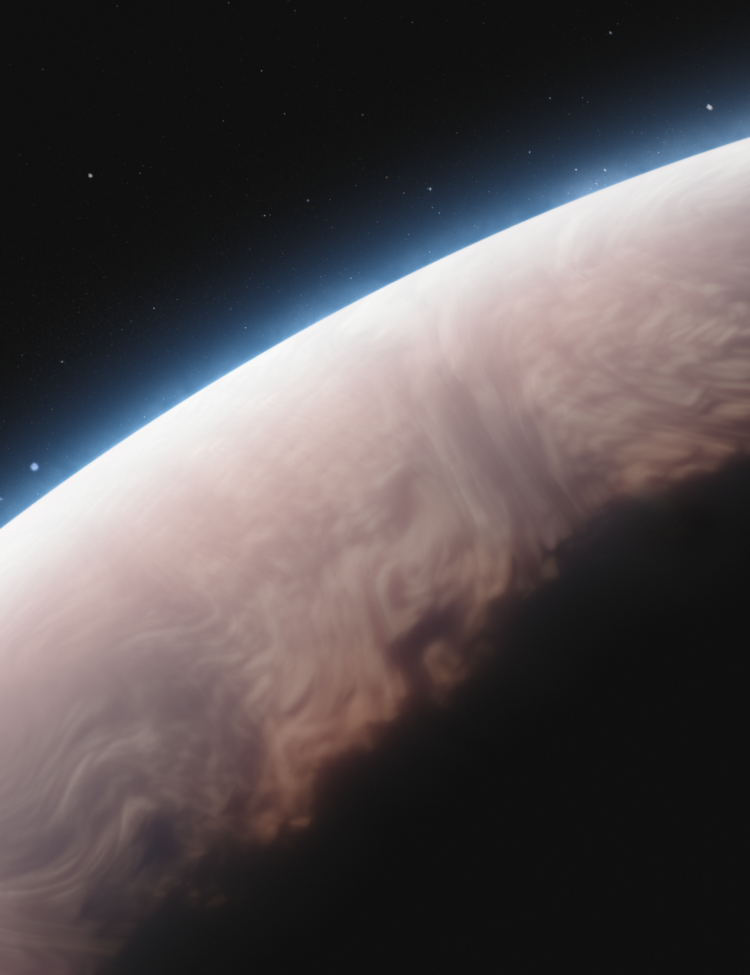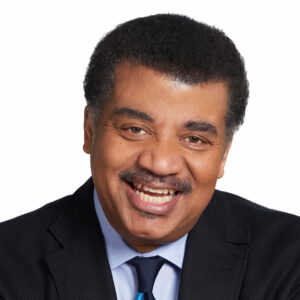About This Episode
Has JWST found potential alien worlds? Neil deGrasse Tyson and comedian Matt Kirshen learn about exoplanet discovery on the frontier, how higher oxygen gave us dinosaurs, and what type of life could evolve on alien worlds with astrophysicist and astrobiologist Lisa Kaltenegger.
Lisa tells us about breaking down the chemical signature of newfound rocky planets. When will we have telescopes that will see the surface of these exoplanets? If an alien on a different planet pointed a telescope at us, what signs of life would they see? Is there anything they could mistake us for? We explore how geology creates complicated atmospheres and of course the question: what is life?
Could life have landed here on a meteorite and blended in with other life on Earth? We discuss the universality of biology: do the rules of biology apply everywhere? How hard is life to get rid of once it’s started? How fast could life evolve on another world? Plus, learn how Earth’s oxygen levels contributed to the Jurassic period. We explore extremophiles and whether life could live on asteroids, icy moons, and large rocky planets: Super-Earths. What conditions trigger complex life?
Did human life come from panspermia? Find out about chirality and why we think that all Earth life started from the same source. Why do people really want to think we came from space? We talk about dimethyl sulfur as a biomarker and why its discovery on a Super-Earth may be both promising and potentially misleading. Can we figure out if we are alone or not?
Thanks to our Patrons Steve Solomon, Jeff Johnson, Duncan Corps, Rodrigo VM, Richard Kashdan, Jenn Long, Jeremy Shimanek, Gary Gaskin, and Longbow81 for supporting us this week.
NOTE: StarTalk+ Patrons can listen to this entire episode commercial-free.




 Unlock with Patreon
Unlock with Patreon


 Become a Patron
Become a Patron